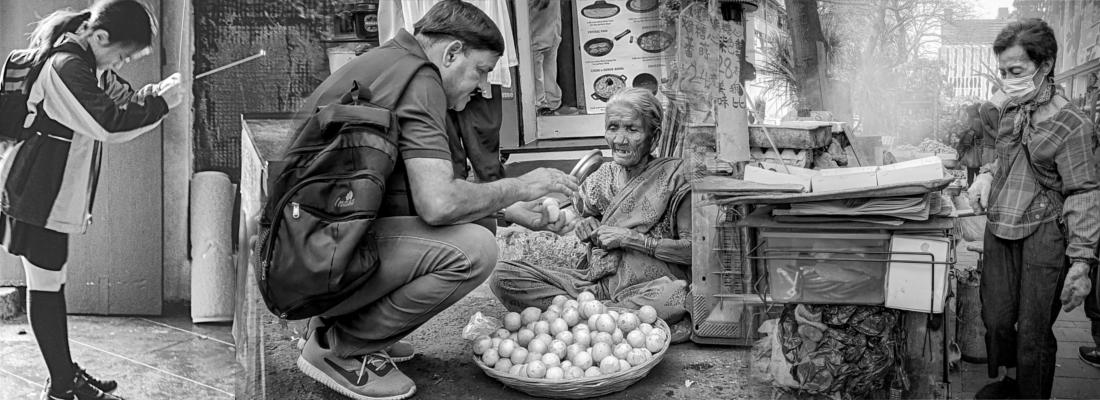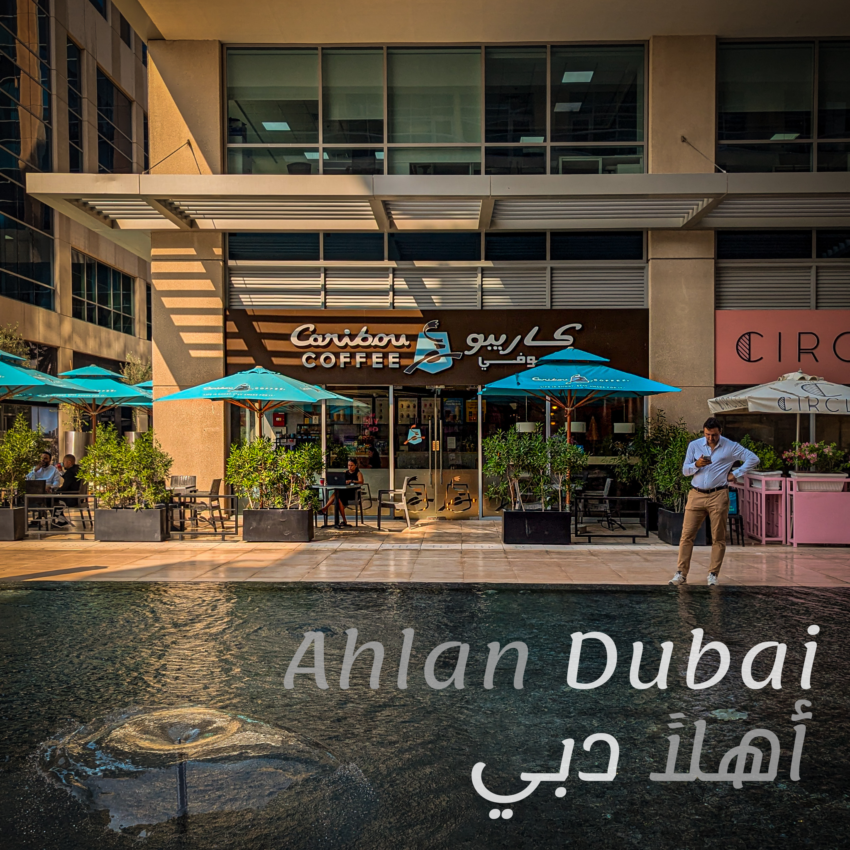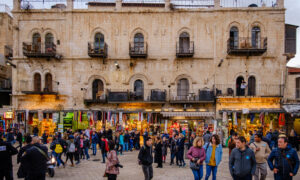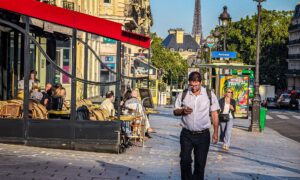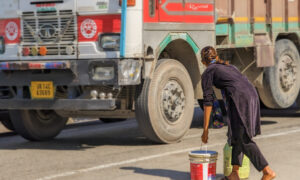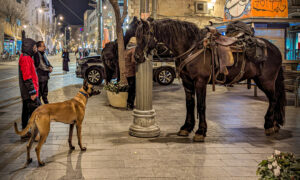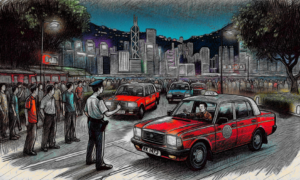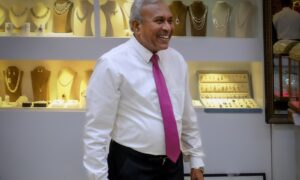This is Dubai, a cosmopolitan city carved against all odds out of the Arabian Desert — which in turn is almost a million square miles of harsh, barely livable, practically uninhabited vastness. But to look around Dubai you’d think water grows on trees (and you’d think there are trees).
Here an outdoor pedestrian mall is built around a wading pool, complete with water fountains, as if to say: we have so much water we don’t even know what to do with it all.
Nearby Dubai Mall — one of the largest in the world — sports a huge indoor waterfall.
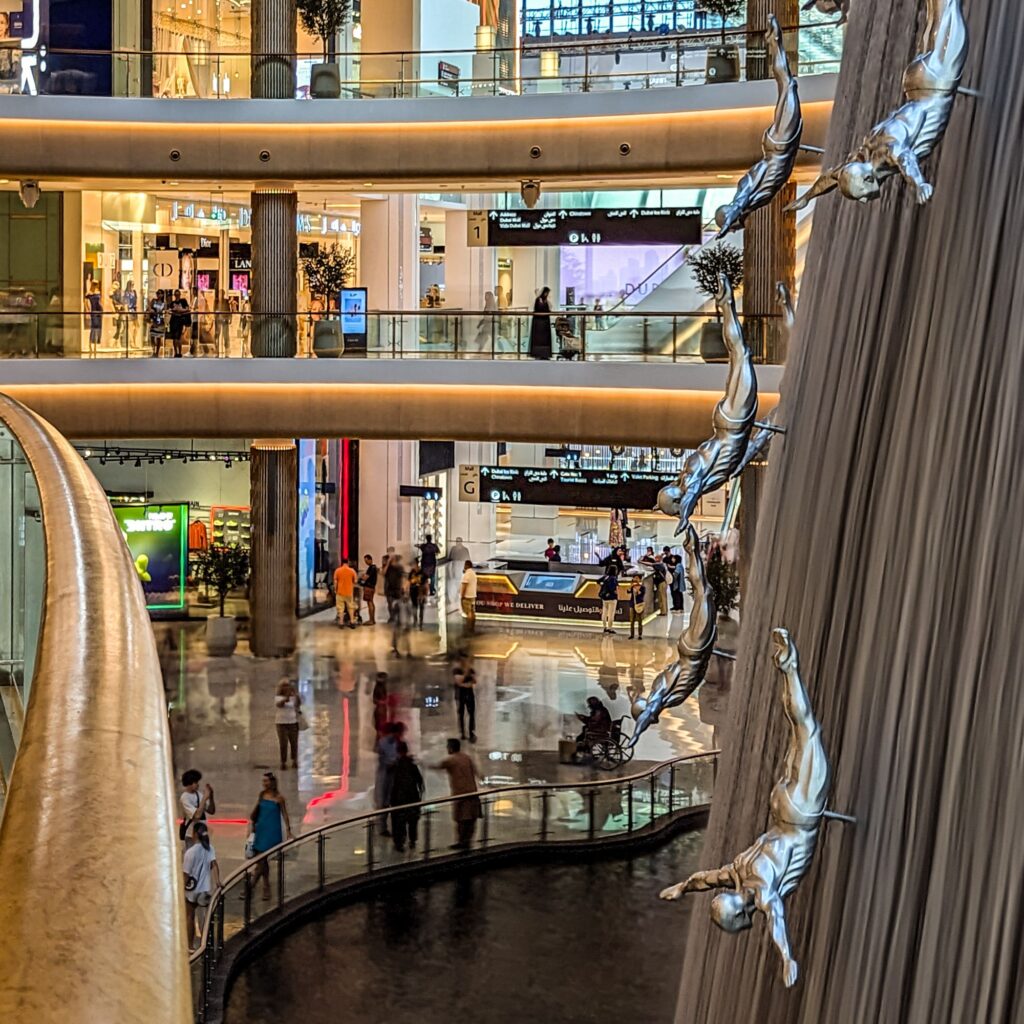
Outside is an artificial pond from which water is donated back to the sky.
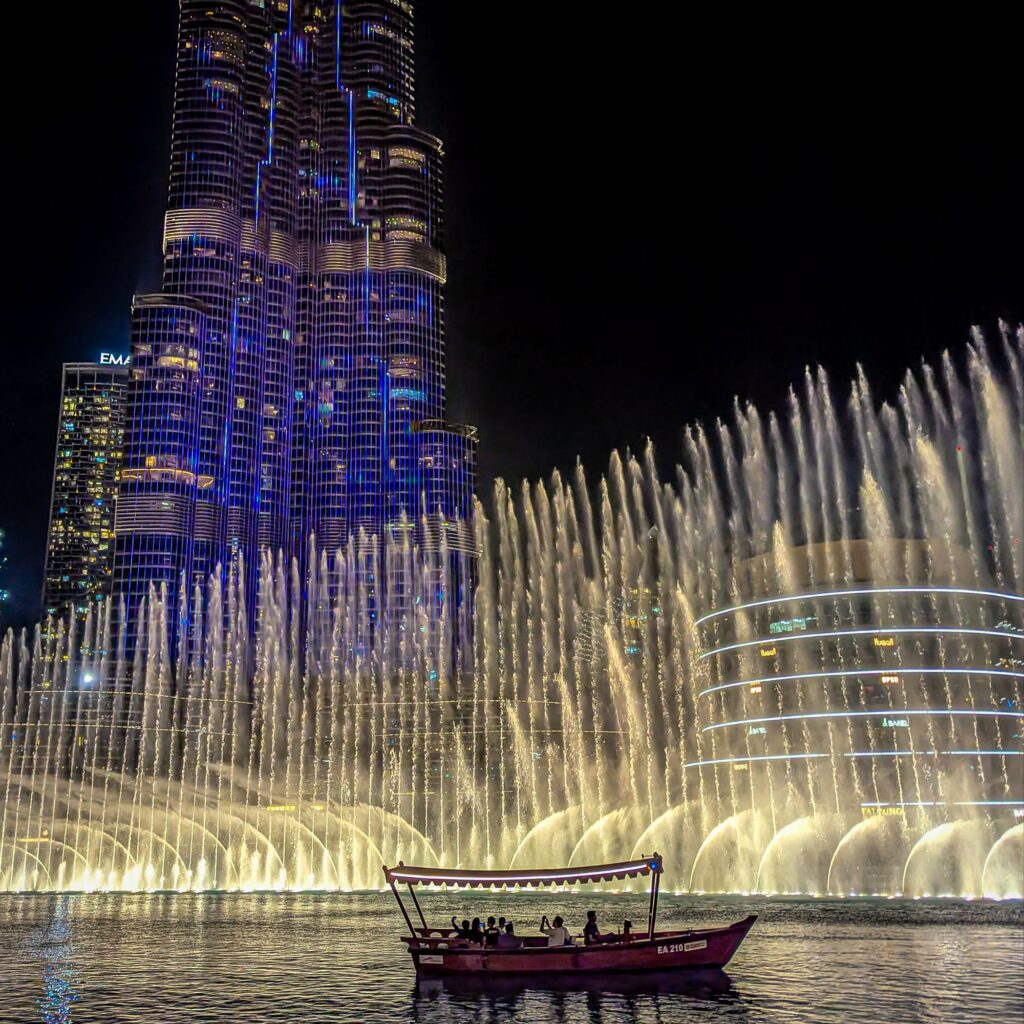
And soaring behind that is the famous Burj Khalifa, which towers over the city, and, at 2,717 feet, is the world’s tallest building.
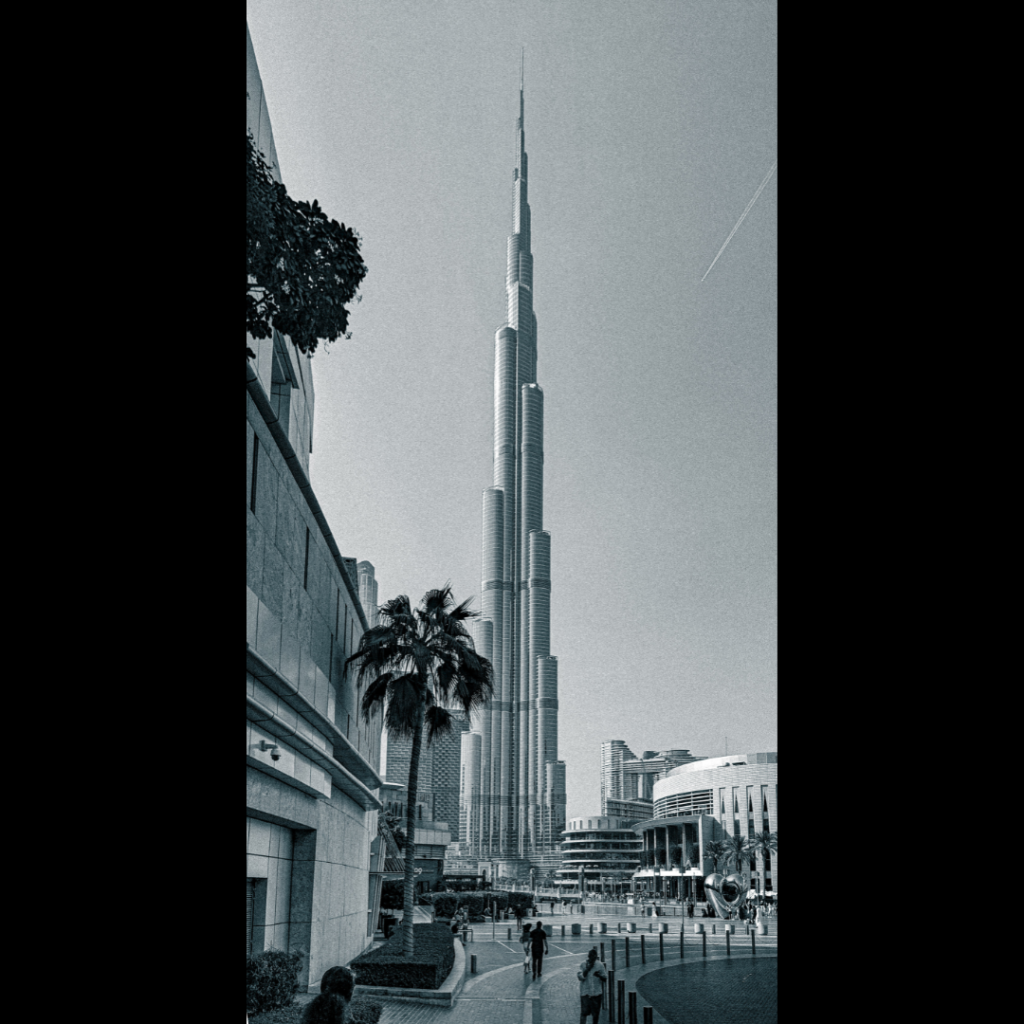
Skyscrapers are normally the solution to insufficient land, such as on the island of Manhattan. Not here. Dubai’s structures seem like imported answers to foreign questions. In this sense, they match the population, because almost everyone I’ve met is from somewhere else. (And almost no one I’ve met speaks Arabic.)
All of which prompts me to wonder: Is Dubai a monument to human ingenuity? Is it a demonstration of mortal hubris? Is it both?
Or — a friend named Sabrina convincingly suggests — perhaps the desert is the very best place to buck nature, because here we displace less than we would anywhere else.
I guess time will tell.
